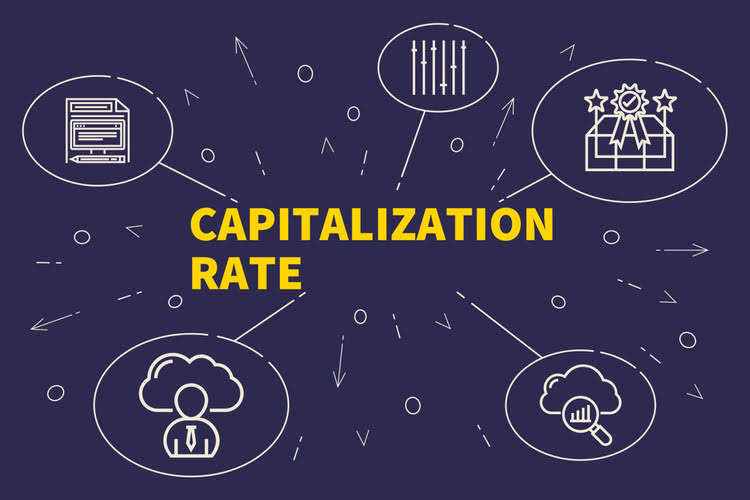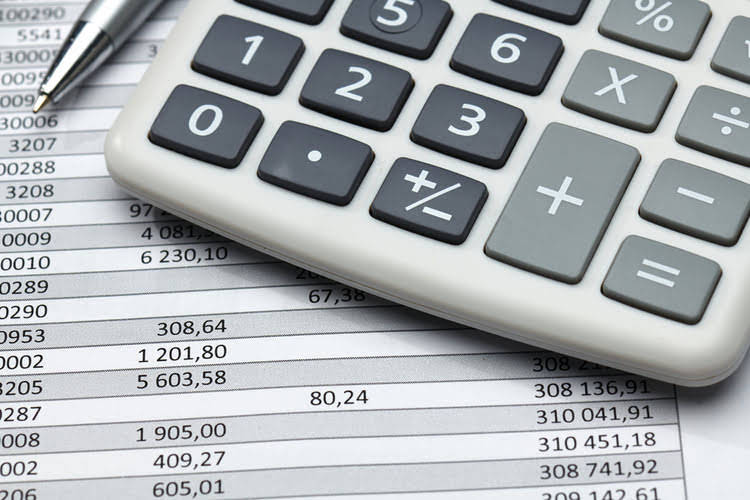
Investors should compare cap rates within similar property types and locations to ensure they make an informed decision. Newer or well-maintained properties usually come with lower cap rates. The need for fewer repairs means more predictable operating costs and an overall lower risk. Older buildings with deferred maintenance may require higher returns to justify future expenses. Long-term tenancies offer landlords predictable and consistent cash flow.
Analyzing a Property’s Cap Rate
- Along with features and condition, rental potential comprises several factors, including supply and demand of real estate in the area and the strength of the rental agreement.
- Failure to consider a property’s cap rate can come at a steep cost, as you could end up overpaying, underestimating risk, or falling short of anticipated returns.
- Typically, properties between a 5% and 7% cap rate strike a balance between income-earning potential and risk.
- Cap rate only considers a property’s NOI and market value, whereas ROI considers a property’s total investment costs, financing terms, and tax-related factors.
- Newer or well-maintained properties usually come with lower cap rates.
Once you’ve acquired a commercial asset, the real work of day-to-day oversight begins. Sometimes, the price you’re willing to pay doesn’t align with the broader market because of your specific goals or unique resources. Distinguishing between “market value” and “investment value” is key to smart deal-making. Indirect investment offers exposure to real estate without direct property ownership. These methods often require less capital and management commitment but provide limited control.
- In comparison, a lower cap rate suggests lower returns but may indicate a property with lower risk or higher appreciation potential.
- Even in strong markets, properties with higher vacancy rates typically result in higher cap rates.
- These properties may have pressing maintenance needs, higher vacancy rates, or exist in unstable markets.
- Calculating exit cap rates involves forecasting future NOI and applying a suitable cap rate to derive the property’s projected sale price.
- Free mini course + unlocked Excel model to quickly gauge your project’s financial potential—save hours on analysis and screen deals faster.
Section recap: market trends & finding deals

Without tenants, an investment property will bring in little to no income, which could make it more of a financial burden than a revenue stream. To determine a property’s value, Retail Accounting you have to take into account its net operating income (NOI) and current market value. Securing the right financing is a critical piece of the commercial real estate investing puzzle.
- A real estate proforma is a forward-looking financial model designed to project a property’s future performance based on assumptions about income, expenses, and market conditions.
- Class C properties might be on the edge of town, or they may be older and not maintained.
- Vacancy loss measures the estimated income lost due to vacancies or unpaid rent, typically represented as a percentage.
- This spectrum of strategies ranges from direct investment (purchasing properties or serving as a sponsor) to indirect investment (utilizing REITs, funds, or crowdfunding platforms).
- Join the 700,000+ independent landlords who rely on TurboTenant to create welcoming rental experiences.
Ways to Invest in Commercial Real Estate
This is a crucial metric used by investors to assess the potential return on investment at the time of purchase. This rate is calculated based on the property’s net operating income (NOI) divided by its purchase price or current unearned revenue market value. Going-in cap rates provide investors with an indication of the property’s income-producing potential relative to its initial cost. The most significant element to understand when it comes to capitalization rates is that real estate investors use cap rates to help determine whether they should invest in a property. To calculate the capitalization rate, investors use the cap rate formula, which includes the annual net operating income (NOI) of the property and its current market value. Capitalization rates, also known as cap rates, vary depending on the local market and the property type.

Population trends—like aging baby boomers or migrating millennials—shape the types of properties in highest demand, from medical offices to urban multifamily units. Understanding where and why people are moving helps pinpoint emerging hot spots and avoid areas likely to stagnate. Sign up for a free TurboTenant account today to instantly upgrade your real estate investment operation. Generally, this approach is more accurate if there have been multiple recent sales of comparable properties within close proximity.
- Property B, on the other hand, has a net operating income of $30,000 and a current market value of $300,000.
- While the Cost Approach provides a valuable perspective, it may undervalue properties with high-income potential or overvalue those with significant depreciation.
- A prime location and an attractive aesthetic add to the property’s total value and appeal.
- In contrast, rural and suburban areas tend to carry higher cap rates due to weaker demand, longer vacancy periods, and pricing volatility.
- An out-of-the-way location lowers the prospect of seeing a return on your investment.
According to RealtyMogul, investors, lenders, and brokers have developed the class system to more effectively and efficiently communicate the quality of a property. Class A buildings are considered the highest quality based on their location and condition. Because they are valued higher, Class A properties have a lower cap rate.

Below, we break down what cap rate is, how to calculate it, what constitutes a good cap rate, and examples to illustrate its use. Mastering capitalization rates and property valuation techniques is paramount for success in commercial real estate investment. The capitalization rate is a powerful tool for evaluating real estate investments, but it’s not a standalone metric. By understanding the theory behind cap rates and how they interact with other factors like location, property type, and market conditions, you can make more informed investment decisions.
How to Determine a Rental Property’s Market Value

In essence, cap rate will help you which of the following property types are valued using a capitalization rate? evaluate properties by removing financing from the equation, whereas ROI directly relates to the capital invested into a property. Now that you have a firm grasp on cap rate, how to calculate it, and what the numbers signify, use that knowledge to your benefit. Remove emotion from the equation, make informed investments, and watch your portfolio take flight. Cap rate, when properly calculated, can give you a reliable estimate of a property’s income-generating potential. Understanding this simple statistic will help you push aside gut feelings and focus on actual numbers and the story they tell. By taking the property’s $40,000 NOI and subtracting its $5,000 in operating expenses, we determine the property’s NOI is $35,000.







